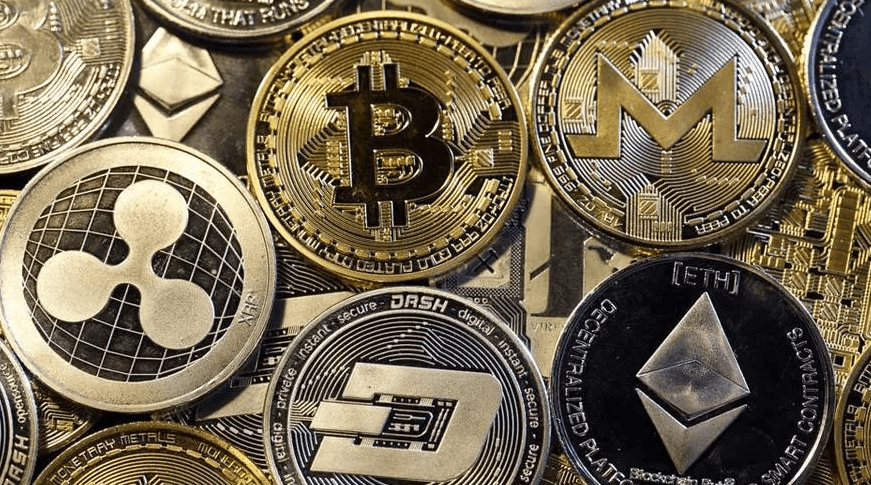How Whale Activity Affects Bitcoin Price Movements?
Whales are a powerful force in the cryptocurrency market. They are individuals or entities holding large amounts of bitcoin. Their moves are often enough to shift prices dramatically. Traders watch their wallets closely to anticipate potential market shifts.
These large holders do not act randomly. They follow specific patterns. When whales buy or sell in large volumes, the market reacts quickly. This reaction can trigger panic or excitement among smaller investors. Understanding how whales operate helps predict future bitcoin price trends.
This blog explores the mechanics behind whale activity. It also explains how their moves influence trading behavior and overall market psychology. By the end, you will see why monitoring whale behavior is crucial in crypto investing.
Who Are the Whales in the Market?
Whales are not just wealthy individuals. They also include institutions, crypto funds, and early adopters. These wallets hold thousands of coins. Their decisions impact the liquidity of the market.
Sometimes whales use multiple wallets to hide their size. But blockchain transparency allows tracking. Traders use whale alert tools to monitor large transactions. When a whale moves funds to an exchange, it often signals intent to sell.
The reverse is also true. The fact that they transfer coins off exchanges into personal wallets demonstrates that they want to hold onto them. Such a withdrawal decreases supply and may cause prices to rise. These movements are determinants of future trends of Bitcoin.
How Whale Buys Create Bullish Momentum?
When whales buy, demand increases sharply. Their purchases are large enough to break through resistance levels. This buying pressure attracts retail traders who follow the trend.
These purchases reduce the available supply. The resulting scarcity can push prices higher. Whales also create psychological confidence in the market. If a large holder is buying, others assume it is time to enter as well.
This reaction creates a positive feedback loop. Prices rise, more people buy, and momentum continues. The impact is even more substantial in thin order books where small volume changes move prices significantly.
Whale buying often starts quietly. But once spotted, the market usually reacts within hours.
Whale Selling and Panic Reactions
Selling to whales has the opposite effect. When large amounts hit the market, prices drop. This drop triggers stop-loss orders and fear-based selling from smaller holders.
A whale may sell gradually to avoid crashing the market. But large on-chain transfers to exchanges still raise concerns. These moves often signal preparation for a sell-off.
Once selling starts, it can cascade. Market makers adjust prices. Algorithms pick up on patterns and begin to sell as well. The combined pressure leads to fast price declines.
Understanding whale exit patterns helps reduce losses. Traders who spot the signs early can exit before the drop worsens.
How Whales Use Market Manipulation Tactics?
Some whales use tactics to influence the market. They may place large sell orders that they do not intend to fill. These fake orders scare buyers and drive prices down. Once prices dip, they cancel the order and buy at lower levels.
Other tactics include buying just below resistance to break it. This creates the illusion of strong support. When the price rises above the barrier, they sell into the pump. This manipulation is based on manipulating the emotions of retail traders. Those who are unaware of these strategies can end up losing money.
How On-Chain Data Reveals Whale Behavior?
Blockchain data is public. Analysts use it to track whale activity. Metrics like wallet concentration, exchange inflows, and large transfers are useful indicators.
When more coins move to exchanges, it usually signals selling pressure. When coins are withdrawn, it suggests long-term holding. Watching these shifts offers insight into potential price trends.
Other tools monitor wallet sizes. If the number of significant wallets increases, it signals accumulation. If large wallets shrink, whales may be distributing their holdings.
This data does not tell you everything. But when combined with market sentiment, it becomes a powerful forecasting tool.
The Ripple Effect on Smaller Coins
The movement of whales in Bitcoin not only affects its price, but they also impact the entire crypto market. Altcoins often follow Bitcoin trends. If the bitcoin price rises, money flows into smaller assets soon after. If it drops, altcoins fall even faster.
Large bitcoin movements also cause traders to rebalance portfolios. They may sell altcoins to buy bitcoin during rallies. Or exit the market entirely during sharp corrections.
Even coins with strong fundamentals can suffer if Bitcoin crashes. For example, the XRP price often reacts to these broader market conditions. Its movement is rarely independent of larger trends.
Traders should always consider how a bitcoin whale’s movement affects other positions.
Whale Behavior During Bull and Bear Markets
In bull markets, whales often accumulate silently. They buy during dips and use consolidation periods to gather more coins. These quiet buys fuel future price rallies.
During bear markets, they often move coins to cold storage. This signals confidence in long-term value. But some whales do exit completely, triggering further declines.
Watching how whales behave during each cycle gives valuable insight. They usually act before trends are visible to others. Understanding their timing helps improve strategy.
In many cases, whale buying near the bottom signals that the worst is over. Their selling near the top signals caution.
The Role of Institutional Whales
Not all whales are individuals. Many are institutions like hedge funds, corporations, or asset managers. Their influence is different. They follow regulatory rules and invest in larger cycles.
When institutions accumulate bitcoin, it signals long-term confidence. Unlike retail investors, they do not sell quickly. Their entry adds stability to the market.
Increased interest from these players often brings higher volume. That volume reduces volatility and attracts more retail traders.
Monitoring institutional moves is easier through financial reports and public filings. Major purchases affect both market sentiment and media narratives.
These actions often influence the Bitcoin Price USD more than smaller individual trades.
Conclusion
Whale activity remains one of the strongest market forces in cryptocurrency. Large holders have the power to drive trends, shake out weak hands, and change sentiment instantly.
Traders learn a lot by observing the exchange flows, wallet behavior, and the size of transactions. Their capability to anticipate the impacts of these moves on the bitcoin price is vital in both the short-term and the long-term plans. Beyond Bitcoin, assets like the XRP price USD also feel the ripple effect of whale actions.



